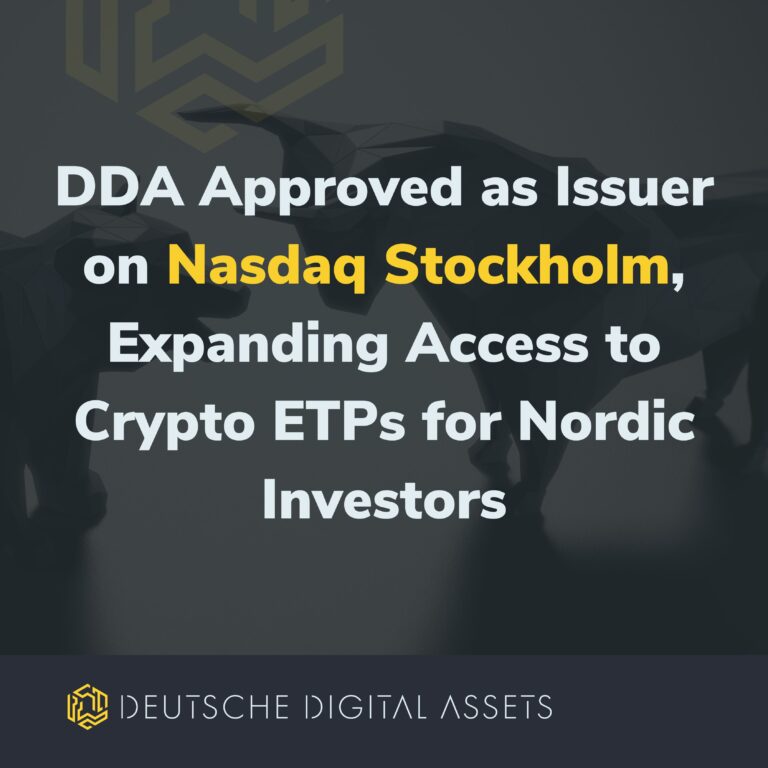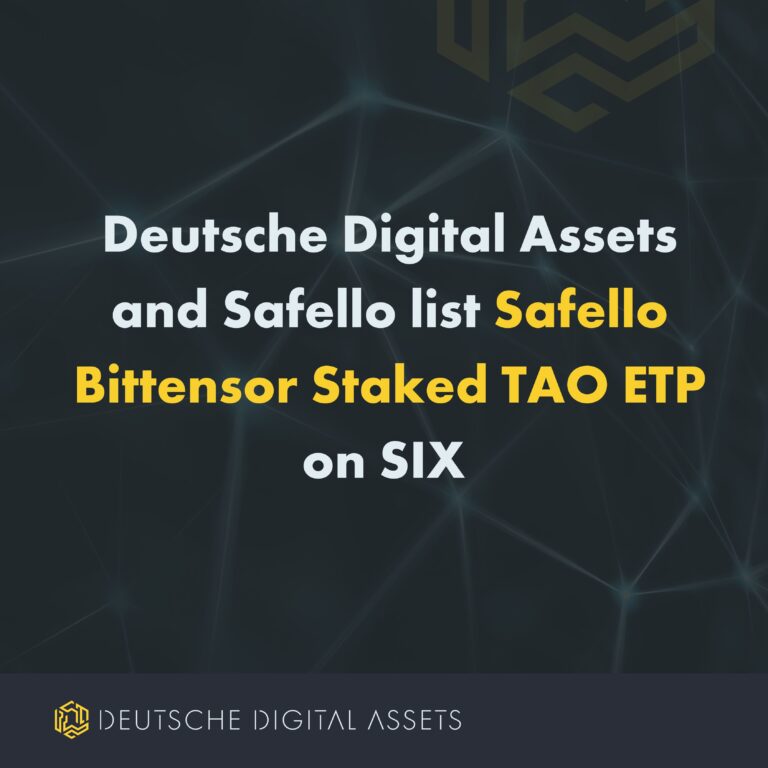By Jonathan Wood
This past week I had the pleasure of attending the Blockchain for Wall Street Conference, put on by Ron Quaranta and the Wall Street Blockchain Association. This all day event was packed with panelists, speakers, demos, and networking all centered around the applications of blockchain, and where the industry is heading. I’m here to summarize some of the major points made, and share my own insights.
I am attempting to take dozens of panelist talks, independent discussions, and 28 pages of notes into a few coherent thoughts, so this piece will be a collection of different topics.
Keynote
Mark Smith, CEO of Symbiont.io, gave the opening talk, in which he looked back at some of the major innovations of the internet and its adoption into the realm of Finance.
Mark highlighted how, in the days of in-person trades, it was found that Traders were colluding to keep spreads wide and thus their profits high. The SEC eventually stepped in to create the Limit Order Display Order, requiring for fair and transparent publication of trades. This propelled regulatory oversight, which was a major incentive to move to online trading. Thus, regulation was turned into a tailwind for the adoption of online trading. This move, though sparked by regulation, as had great benefits, allowing more people to participate in our financial markets. This is the spark that Blockchain currently lacks.
Public versus Private Blockchains
A panelist from the open source Hyperledger project, which is supported by the Linux Foundation and many companies, said a key advantage of blockchain was the ability to “consolidate data to a single ledger”. This is the concept behind private blockchains, which are an improvement over existing architectures, however unlike public chains allow companies to retain great control over the system.
On the second panel, Peter Boroykh talked about the need for the distribution of blockchains. This was echoed by Benjamin Jessel, who related public blockchains to the online trading that Mark Smith recalled in his opening keynote. Just as the internet allowed many more Americans to trade on the NYSE, open blockchains have helped people from anywhere in the world, particularly China, to invest in international projects. People can now invest as little as $10 in a project based anywhere in the world; Public Blockchains are giving more people greater access to financial markets.
I asked Peter and Benjamin to clarify why Distributed Ledgers where necessary, and why they advocated public over private, and their response comes down to trust and scalability. Benjamin noted that the reason Big Banks exist is trust: we trust them to handle our money and transfer our assets. However, blockchain can seriously disrupt this: we no longer need centralized authorities for many transactions. Peter echoed this thought, and stressed that the only advantage of private versus permissionless chains at present is scalability: public blockchains, once they can handle millions of transactions, will dominate.
A wonderful analogy of Blockchain and the Internet
Chris Ferris put the contrast between public and private chains in perspective. In the early days of the internet, banks completely rejected it: how could people ever trust it! Then Banks saw some value in the internet, but still wanted to maintain control, so they set up Intranets, even setting up their own ISP networks, so in effect they had a completely independent network just for that one bank. This went on for some time, before banks finally accepted the power of the internet, and we now enjoy the convenience and power of online banking without even thinking about it.
Similarly, banks first rejected blockchain and cryptocurrency. Now they are actively working with blockchains, except they want to keep them ‘private’. It isn’t unreasonable to see a big shift to public blockchains in 5-10 years, perhaps sooner.
Challenges to Blockchain: Interoperability
Beth Sendra, and Chris Ferris both stressed the need for interoperable blockchains. Since we are unlikely to have a single blockchain, or a single architecture, blockchains will be made much more powerful if they are able to communicate with other blockchains, including those on other networks (such as a blockchain forked form Ark.io hosted on AWS communicating with a smart contract from an ERC-20 token on a network hosted on Azure).
Challenges to Blockchain: Usability
The Internet Browser allowed millions to easily access the internet. An equivalent for Blockchain has not yet been created. Blockchains remain difficult to use, requiring at least some technical knowledge to manage private keys, or use Metamask with Ethereum. Just like on the internet you don’t manually set your security settings or check SSL Certificates by hand, Blockchains need simple UIs built on top of them to drive larger adoption.
Other Insights
Smart Contracts are still blunt instruments: it is extremely difficult for code to cover every edge case: we still need human lawyers to interpret those edge cases.
One of the panelists was Brent Tomer, Chief Trial Attorney at the CFTC. He said talked about how the CFTC has been regulating specific fraud in ICOs, not the process itself. He also admitted that the CFTC is “going to have a lot of issues with discovering identities”, in part because of Zero Knowledge Proofs, a process of validating transactions without knowing how much was transacted and between whom.
Crypto Hedge Funds
A panel of three Crypto Hedge Fund managers (Chris Burniske, David Namdar, and Brian Kelly), were bullish short term on Bitcoin because of Future Markets. As Futures Markets become available to traditional investors, Bitcoin will see a lot more activity.
For ICOs, they note that the market is maturing, but they still see many insane deals. Some ICO projects offer VCs 50% discounts to invest in their ICO, with no obligation to hold long term. This means VCs can invest, and immediately sell at 2x profits in the open crowdsale: this could create misleading indicators when investors think a VC is supporting a project they invested in, when the VC is really just waiting to sell out. There is currently no obligation to publicize these agreements, something all the panelists highlighted as a problem.
Another issue is data. There is currently nothing close to a ‘Bloomberg for Bitcoin’.
The Hedge Fund Managers also (after proper disclaimers about this not being investment advice) predict Bitcoin’s ‘Final Big Bubble’ will be bigger than the tech bubble in 2001. This is because 2001 was a burst of the US Tech sector, whereas this will be a burst of the Global Financial Market, which is measured in Trillions of dollars in daily trading volume. Cryptocurrencies are currently only trade billions of dollars per day.
For investors: the Hedge funds recommend not to pitch a ‘Blockchain for X’, but to explain the problem your startup is trying to solve and how blockchain makes sense as a solution (which is good advice for any startup).
Other Ideas
Not directly related to blockchain, however I met several other interesting people at the event and had some lovely conversations. One of them that stuck out was Peter Burgess, who shared his thoughts on True Value Accounting: measuring not just GDP but also live spans, quality of life, and skill level to value the complete lives and potential of individuals.
Closing Thoughts
- The march to public blockchains continues
- Bitcoin could have a few more rocket boosters not yet expended
- Smart contracts may well enhance, not replace, the role of lawyers and auditors
- Usability, interoperability, and scalability are key to blockchain adoption
- We need more education, and more Talent
Education and Talent were problems repeatedly highlighted throughout the conference. I strongly agree in this need, and am working to educate and train people to grow the blockchain community. If your interested in helping reach out , and let’s talk.















